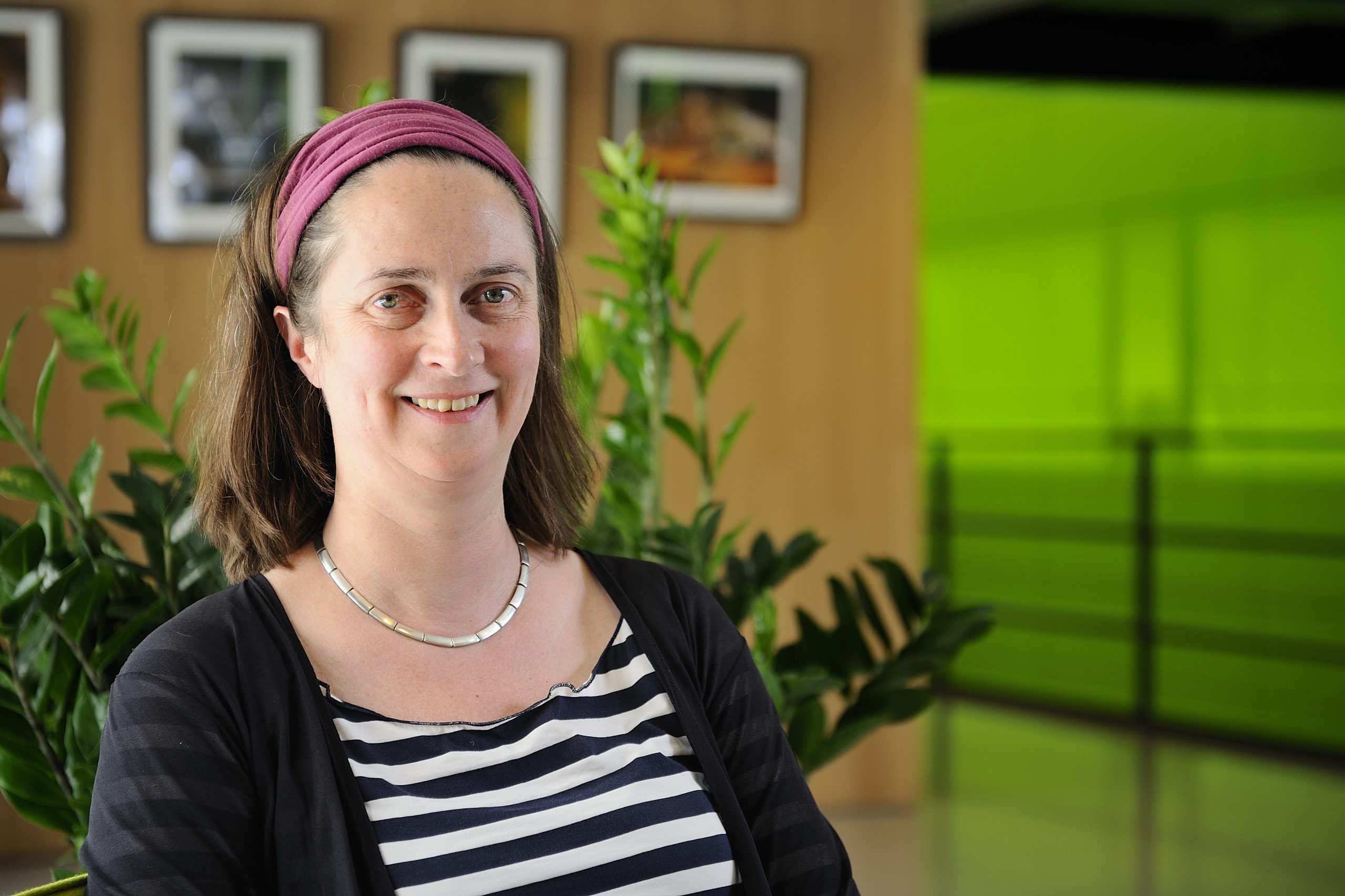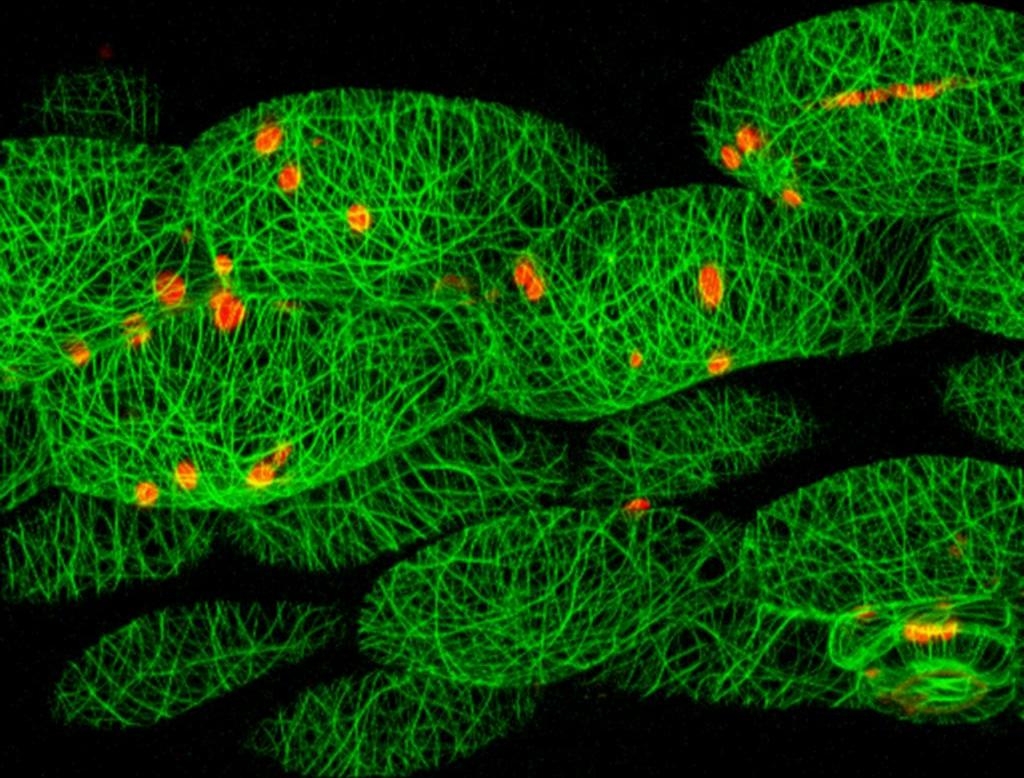Marileen Dogterom (Amolf, TU) and Anna Akhmanova (Utrecht University) have won a 7.1 million euro ERC Synergy Grant for their proposal on the study of cellular skeletons.
The European Research Council (ERC) announced the winners of thirteen Synergy Grants on December 18 2013. The projects will be funded for a period of six years, supporting forty-five scientists in eleven countries.
Competition was stiff with thirteen winners selected from 450 entries (success rate: 3%).
The project MODELCELL, proposed by Prof. Marileen Dogterom (Amolf and from January 2014 the head of the department of bionanoscience at TU’s Applied Sciences) and Prof. Anna Akhmanova (cell biologist at Utrecht University), was the only fully Dutch programme to be selected.
The only other Dutch researcher selected was Prof. Heino Falcke (Nijmegen University) who participates in the astronomy project BlackHoleCam, which attempts to visualise black holes.
The ERC Synergy Grants target individual researchers whose skills in different scientific disciplines can complement each other. Dogterom and Akhmanova both work on the internal skeleton of living cells, but coming from different angles. Dogterom is a physicist and cellular biologist Akhmanova studied biochemistry and molecular biology.
The internal cell skeleton or cytoskeleton consists of fibers and tubes called microtubules. These are about twenty-five nanometre in diameter and continually undergo assembly and disassembly. Microtubules connect many points on the cell wall to a central point close to the nucleus. As the tubules change in length, they can make the cell crawl.
Another function of the microtubules is their role as super highways through the cell for the transport of vesicles, proteins and stuff through the cell.

Akhnamova has identified three roles for the microtubules: cell division, cell maintenance of large (neural) cells and transport of pathogens through the cell. So although the research is basically fundamental, it may provide new insights for the treatment of cancer, neurological disorders and infectious diseases.
Although the microtubules have been on the research agenda for forty years, lots of questions remain open, in particular on the driving force of the assembly and disassembly of the molecular rods.
In their project MODELCELL Dogterom and Akhmanova set out to actually measure the forces in cells both natural and artificial.

Dogterom says, “In an artificial cell, we can replicate processes that occur in natural cells with a minimal amount of components. That will enable us to study the effect of certain manipulations much more directly.”
The artificial cells that Dogterom works with consist of emulsion droplets or silicon-based structures in which cytoskeletons are assembled with a minimal amount of components for experimental purposes. At ten to twenty micron diametre they have about the same size as the cells.
When she changes position in January 2014, Dogterom will take the research project with her from Amolf to the TU’s department of bionanoscience. The chemical lab and the clean room she will need to assemble the artificial cells are at her disposal. Also, she adds, she started a FOM-funded collaboration project with Dr. Christophe Danelon from the same department who works on minimal cells some months previous.
List of ERC Synergy Grants 2013



Comments are closed.